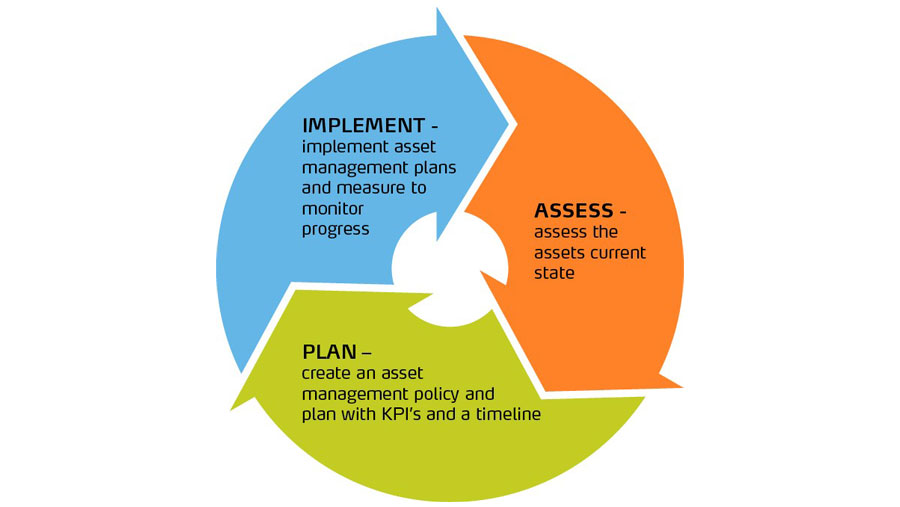Advertiser content
Does your farm’s soil have a management plan?
Soil:
Is storage for water, air and nutrients (the essentials for plant growth). It is the foundation of sustainable crop yield and profitability.
Soil brings yield resilience in an ever more extreme environment.

Soil is arguably the #1 asset on the farm.
Yara can help:
- Assess the soil status through Soil Analysis
- Assess variability in soil nutrient supply through Atfarm and Irix
- Fill any nutrient gaps with its complete Crop Nutrition Portfolio
Why use soil analysis ?
Soil analysis gives the background knowledge on the chemical, physical and biological status of a soil that we need in order to properly manage a farm’s soil.
Acquiring and utilising accurate information such as soil analysis data is fundamental to many decisions made on the farm.
Soil analysis enables planning a fertiliser programme that is accurate, timely and — increasingly important — environmentally responsible.
In short, soil analysis provides the critical information required to ensure all crop nutrition decisions are accurate, efficient, cost-effective and responsible.
What to analyse?
Most of the work, and cost, of analysis is in the sampling and transporting the sample to the laboratory.
Once the sample has arrived there are a wide range of tests that can be conducted so it makes sense to get as much information as possible from the sample.
Nutrient analysis
Soil analysis provides an inventory of the available nutrients and provides the background to build a nutrient management plan.
Basic soil analysis in the UK includes P, K, Mg and pH, but this analysis only provides a part of the information needed as other nutrients can be limit crop growth.
In order to get the most from a soil sample it is important to analyse for all nutrients using a full broad spectrum analysis.
Chemical and physical analysis
The physical and chemical characteristics of the soil need to be considered before making any soil management decisions or planning a nutrient application strategy.
Soil pH, Cation Exchange Capacity, organic matter and soil texture all have an impact on how we manage our soils and crops.
Biological analysis
An active population of soil organisms is essential to a healthy soil; they contribute to the re-cycling of nutrients from the humus, organic matter and soil particles, making them available for plant uptake.
Together with organic matter, a biological analysis provides a rounded picture of the soil’s overall health and its potential for producing high yielding, quality crops.
Find out more information on Soil Analysis
Useful reading:
Understanding soil pH
Understanding soil texture
Understanding soil organic matter
Understanding factors that influence soil biology
How to assess variability in soil nutrient supply
With the use of satellite images and Yara’s expertise in precision agriculture, every farmer can simply check the status of their crops and optimise the amount of nitrogen in top dressings to increase the crop’s yield.
Atfarm is a free online service that allows farmers to create biomass maps to identify variations in the biomass of crops even at any growth stage in any crop.
Using Atfarm any farmer can create variable rate application maps for fertilisation using automatically updated satellite information based on the N-Sensor index all in an easy-to-use platform.
It is also possible to adapt the application map according to individual needs and knowledge of a field.
Find out more information on Atfarm
What is a Strategic Asset Management Plan ?

All businesses should have a SAMP – a Strategic Asset Management Plan to proactively manage assets. Each asset should go through the process of Assess – Plan – Implement – Assess.
Provided by
With everchanging climates, technologies and responsibilities, Yara is here to share knowledge and discuss our focus about 'Growing a Nature-Positive Food Future' to support our UK farmers and growers.
